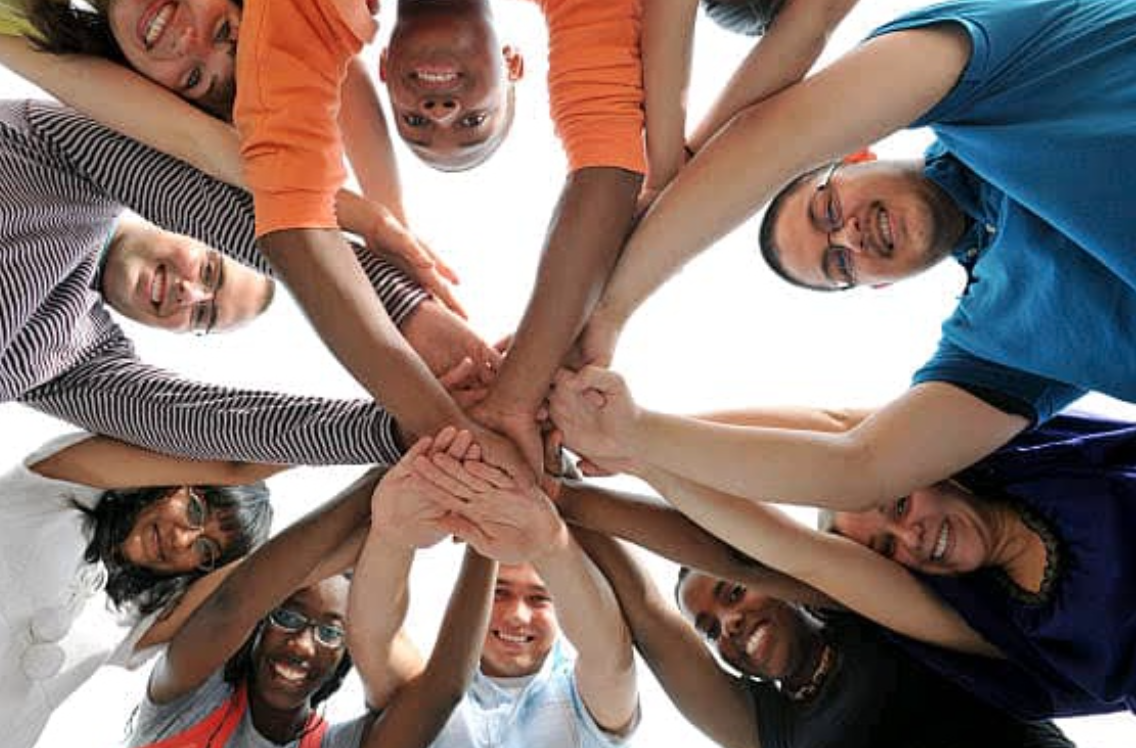Innovative Methodologies for Involving Young People from a Diverse Background on SRHR Research and Advocacy
The Balanced Stewardship Development Association (BALSDA) has release a new guideline in collaboration with Love Matters Kenya, and One Vision Alliance (Aliansi Satuvisi) Indonesia. Following their attendance of the ‘Evidence Based Advocacy’ working group at the 2021 Co-Creation Conference, BALSDA were awarded a Share-Net International Grant to develop the guideline.
Executive Summary
Young people are a specific group of people who have specific SRHR needs. This age group is also associated with large variations and differences across several facets of life, which in turn interphase with and influence their SRHR needs. The peculiarities that determine SRH needs may also determine the access youths have to the SRHR information and services. To ensure the existing gaps are identified, young people should play a key role in developing programmes on sexual and reproductive health (SRH) in their community or society. Involving young people to help ensure that programmes, activities, information and services are appropriate and relevant to them, and all barriers to access are appropriately addressed to ensure that all their SRHR needs are met, even in the midst of diversity. This toolkit throws more light about diversity among young persons, the factors that constitute diversity, how they create exclusion and determine their access to SRHR information and services, or not. it also shows how you can make youth of diverse backgrounds participation happen in SRHR research and needs assessment projects. It uses a step-by-step approach showing how to involve young people to help you get a clear picture of the situation of other young people in your community; identify the real sexual and reproductive health needs and challenges of young people; what is being done to address the needs of young people; and what they would like to change in your program and activities. This toolkit will help to turn young people’s ideas into reality by engaging them and giving them the opportunity to identify the SRHR needs and wants of their peers in their community, and together with them birthing the SRHR service they desire.
This toolkit will help their SRHR program implementers to have better outcomes by appropriately identifying, engaging, retraining young people, and working with them as equal stakeholders, in identifying and solving the problems that pertain to their SRH needs and of their peers in their community.
You can read the full guideline here.
